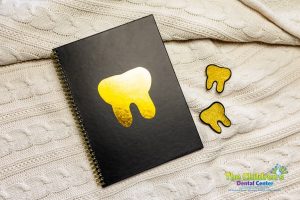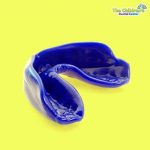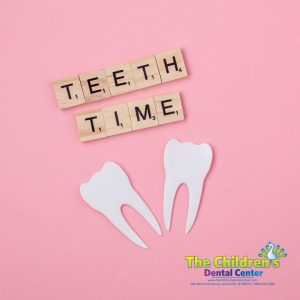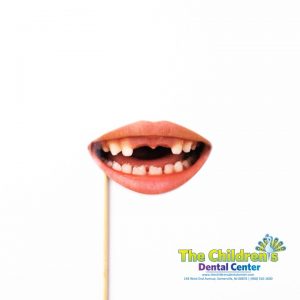Dental insurance can be confusing. We are here to help explain how to maximize your benefits. There are several major insurance companies like Delta, Cigna, and Metlife that sell insurance plans to your employer. Your employer may choose a plan from one of the insurance companies. Your company may also negotiate covered fees with the insurance carrier to reduce the monthly premium and increase the out of pocket expense for their employees. Most insurance companies negotiate discounted fees with area dentist because this encourage patients to see an “in network” dentist. This is meant to drive new patients to the in network dentist in exchange for the dentist receiving discounted fees. Unfortunately, plans change and your dentist may not be in the same network from year to year as there are thousands of insurance plans.
Did you know that most dental insurance plans allow for out of network visits? This gives you the ability to choose which dentist you want to see and does not place limitations on your choices. Insurance companies will usually reimburse UCR or Usual Customary Rates/fees. This means another “out of network” dentist providing the same services as an “in network” dentist can receive reimbursement. We file claims for you regardless of being in or out of network. We are happy to provide a predetermination of benefits to help you understand your benefits.
No insurance pays 100% of fees in or out of network. Your insurance coverage and benefits are based on the plan your employer has contracted with the insurance provider. Please note that most covered expenses range from 50-80% of dental fees, and insurance is only a supplement not a “pay all”. Most dental insurance plans will only pay a benefit of approximately $1500 per year which has not significantly increased in 40 years.
The Children’s Dental Center participates with Delta Dental Premier and Aetna Better Health.






